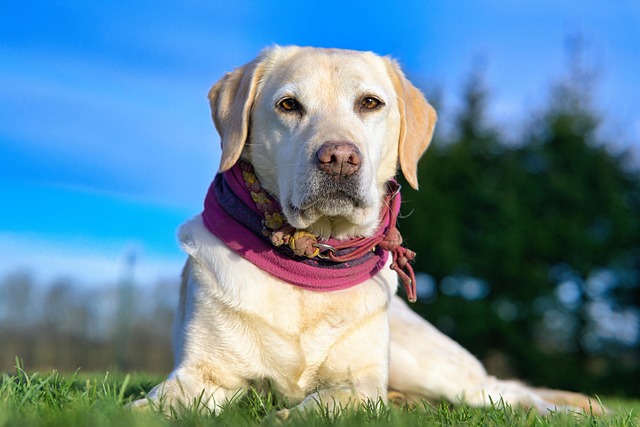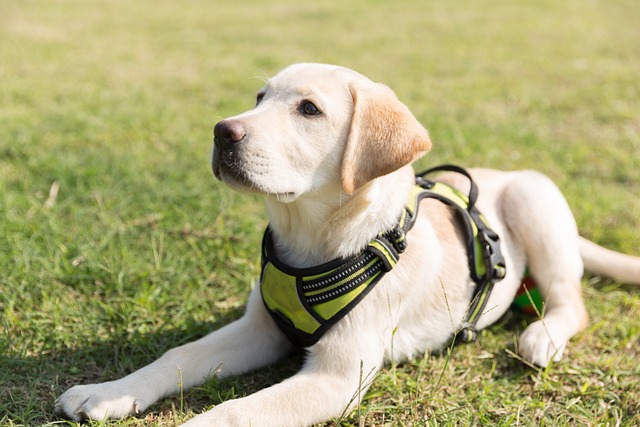
How do i train my dog to be obedient?
Watching your dog dart across the park ignoring your calls isn’t just frustrating—it can put them at risk near busy streets or public spaces.
The notion that you can’t teach an old dog new tricks is one of the most persistent and inaccurate myths in the dog world. Whether you’ve just adopted a senior rescue or are hoping to correct a long-standing habit in your lifelong companion, the answer is a resounding yes—older dogs can absolutely still be trained. The science behind canine learning doesn't have an age limit. While puppies might be more impulsive, older dogs often have a superior ability to focus and a calmer demeanor, making them excellent students for reward-based training. The key is understanding that their learning might be influenced by physical factors; a dog with arthritis may struggle with a "sit" if it causes pain, and one with diminished hearing will need hand signals. Training an older dog isn't about starting from scratch; it's about working with the knowledgeable companion you already have.
Your approach should be tailored to your dog’s individual needs. Begin with a veterinary check-up to rule out any underlying pain or health issues, like vision or hearing loss, that could impact training. Use high-value rewards—think small pieces of chicken or cheese—to motivate them, as senior dogs can be less food-driven than puppies. Keep sessions short, positive, and always end on a success. If you’re teaching a new cue like "leave it," practice for just five minutes at a time. For an older dog who pulls on the leash, consider a front-clip harness that is easier on their aging joints than a traditional collar. The goal is to build their confidence and strengthen your bond, not to achieve perfection.

This patient and compassionate approach to training is a beautiful extension of responsible pet ownership, which carries specific legal and social expectations in the U.S. Part of caring for an older dog includes ensuring their rabies vaccination and license are meticulously kept up-to-date; this is a non-negotiable legal requirement in all states and is crucial for their protection and public safety. The training itself, often involving walks to practice loose-leash skills, reinforces your role as a courteous community member. This means always carrying waste bags and cleaning up immediately—a fundamental law in most municipalities and a basic sign of respect for your neighbors. The entire philosophy of using positive, reward-based methods aligns with the modern cultural standard of force-free training; any form of scolding or physical correction is not only ineffective for an older dog but is widely considered unethical. For those in apartments, successfully training an older dog to be calm and quiet is essential for preventing disturbances and maintaining harmonious relationships with those living around you, ensuring your senior companion can enjoy their golden years as a valued member of your home and community.

Watching your dog dart across the park ignoring your calls isn’t just frustrating—it can put them at risk near busy streets or public spaces.

New puppy owners often find themselves rushing to clean up accidents before they set in, and that’s where puppy pad training becomes a game-changer.

If you've noticed your dog's waistline disappearing and your veterinarian has mentioned those few extra pounds, your first instinct might be to simply reduce the amount of food in their bowl.

Training a dog to use a designated spot indoors isn’t as daunting as many new owners fear, but it does take consistency and an understanding of your pet’s needs.

That moment of dread on a walk is all too familiar for many new dog owners. You see another dog approaching down the sidewalk of your neighborhood

If the sight of another dog on your neighborhood walk makes your heart sink as your own dog erupts into a frenzy of barking and lunging, you're not alone.